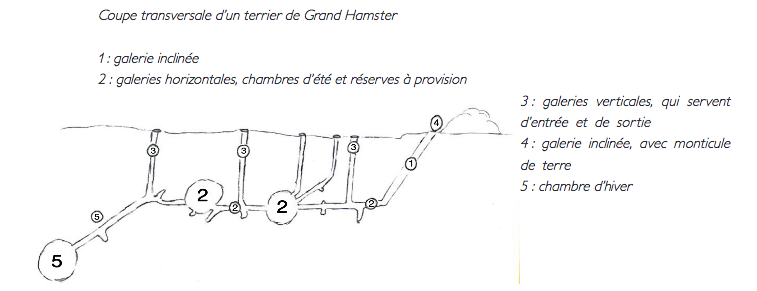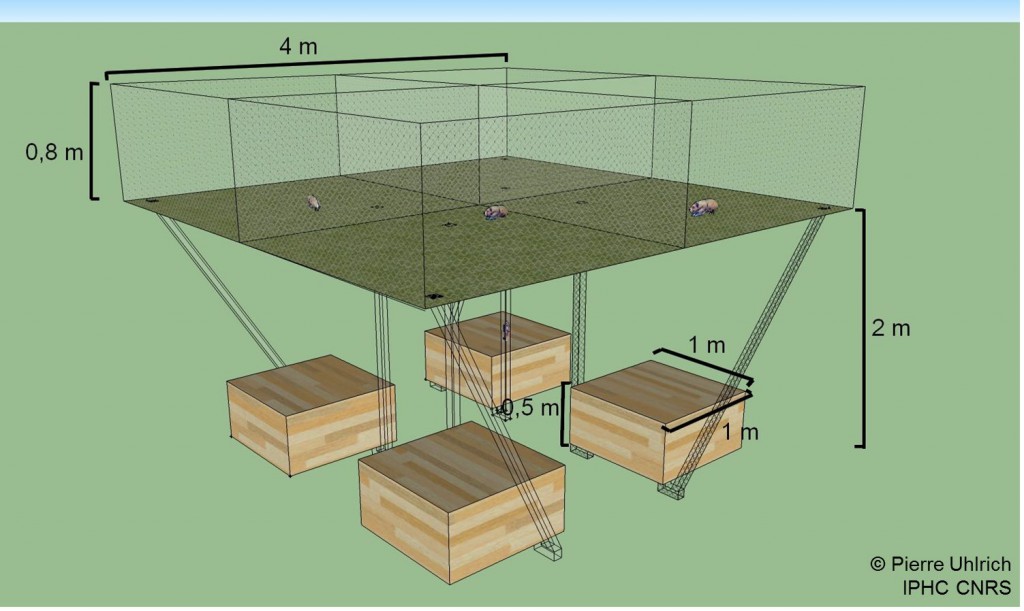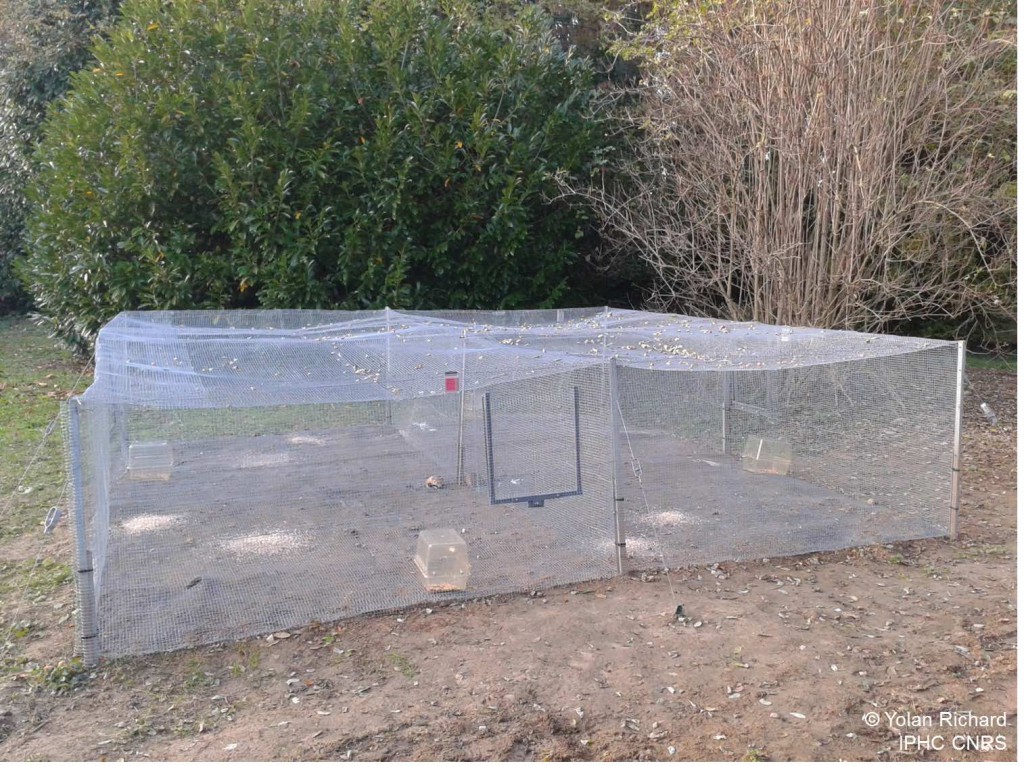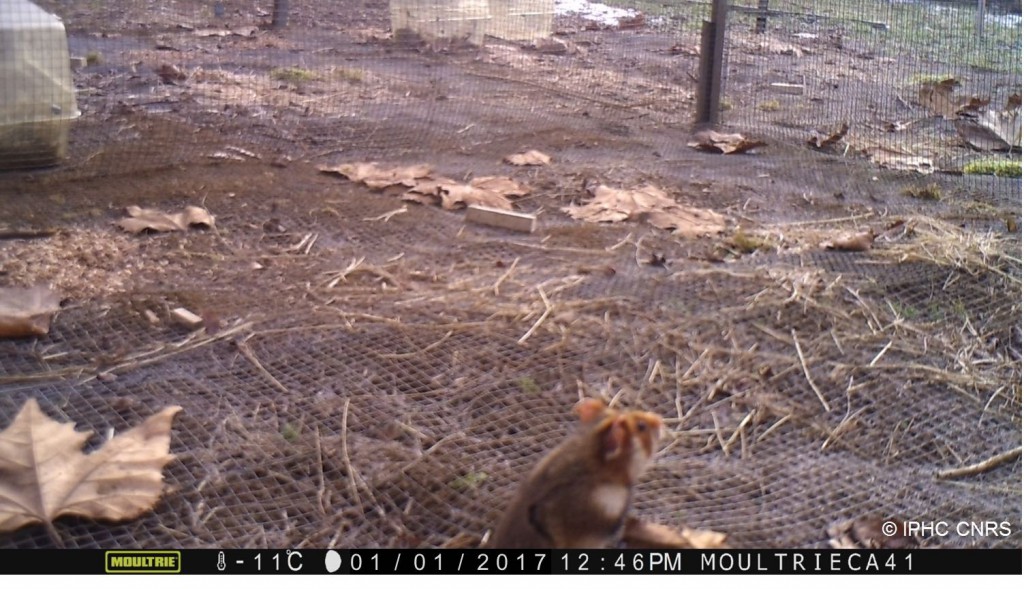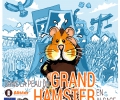Can we avoid soil constraints when reintroducing European Hamsters into nature?
24 mars 2017One of the LIFE Alister Project’s innovations consists in searching for new development opportunities for the species whilst trying to conciliate two seemingly incompatible constraints: urban development and protection of the European Hamster. The idea consists in seeing cities as an ecosystem serving conservation of the species, and no longer considering animals in the city as a nuisance.
Ample evidence of this is that European Hamsters show a capacity to adapt as these populations occupy or have occupied urban zones in some European countries*(Ukraine, Austria, Poland, Slovenia, the Czech Republic, Russia and Germany): gardens, orchards, urban park areas and cemeteries. It consequently would be possible to think of reintroducing animals in the urban periphery (where anthropic disturbances are limited: daytime activities, no domestic animals, nocturnal lighting** etc.), near the sectors where hamsters’ burrows have been counted in the past few years.
Nonetheless, the characteristics of potential introduction sites are extremely restrictive (especially in terms of humidity and the soil’s constitution as it is near the Bruche River) and limit the possibilities in the suburban environment. One solution would be to avoid this constraint by using artificial burrows. Four types of artificial burrows are currently being tested by the CNRS, in external paddocks. The goal is to check if European Hamsters can adapt themselves to these burrows, hibernate and reproduce. The quality of hibernation will impact breeding success of individuals, which , as we know, is the key to stabilising populations in a sustainable manner, in Western Europe (Leirs, 2003***).
Little data on this species exists, in particular on burrows: their actual size, the number of rooms, the number of openings as well as optimal conditions for good hibernation and proper storage of food.
A transversal view of the burrow of a European Hamster
1: Tilted gallery
2: Horizontal galleries, summer rooms and storage rooms
3: Vertical galleries, serving as entrances and exits
4: A tilted gallery with a mound of earth
5: Winter room
A schema of artificial burrows, tested from October 2016 to June 2017.
Fitting and installation in paddocks
Photo trap: animals stocking up on food to get ready for hibernation
* European Hamsters in a hospital park in the Vienne city centre
** Study on the impact of lighting pollution on European Hamsters
*** Liers, H., 2003. Conservation advice based on rodent pest biology : the case of the hamster. By: Mercelis, S., Kayser, A. & Verbeylen, G. (eds.): The hamster (Cricetus cricetus, L. 1758): ecology, policy and management of the hamster and its biotope

